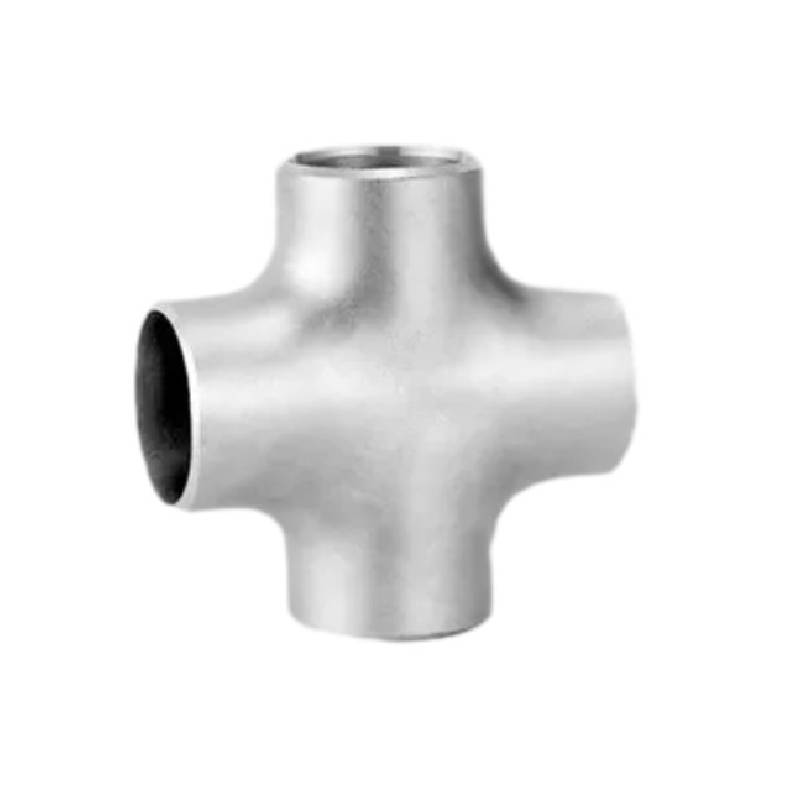-
Cangzhou Yulong Steel Co., Ltd.
-
Phone:
+86 13303177267 -
Email:
admin@ylsteelfittings.com
- English
- Arabic
- Italian
- Spanish
- Portuguese
- German
- kazakh
- Persian
- Greek
- French
- Russian
- Polish
- Thai
- Indonesian
- Vietnamese
- Zulu
- Korean
- Uzbek
- Hindi
- Serbian
- Malay
- Ukrainian
- Gujarati
- Haitian Creole
- hausa
- hawaiian
- Hebrew
- Miao
- Hungarian
- Icelandic
- igbo
- irish
- Japanese
- Javanese
- Kannada
- Khmer
- Rwandese
- Afrikaans
- Albanian
- Amharic
- Armenian
- Azerbaijani
- Basque
- Belarusian
- Bengali
- Bosnian
- Bulgarian
- Catalan
- Cebuano
- China
- China (Taiwan)
- Corsican
- Croatian
- Czech
- Danish
- Esperanto
- Estonian
- Finnish
- Frisian
- Galician
- Georgian
- Kurdish
- Kyrgyz
- Lao
- Latin
- Latvian
- Lithuanian
- Luxembourgish
- Macedonian
- Malgashi
- Malayalam
- Maltese
- Maori
- Marathi
- Mongolian
- Myanmar
- Nepali
- Norwegian
- Norwegian
- Occitan
- Pashto
- Dutch
- Punjabi
- Romanian
- Samoan
- Scottish Gaelic
- Sesotho
- Shona
- Sindhi
- Sinhala
- Slovak
- Slovenian
- Somali
- Sundanese
- Swahili
- Swedish
- Tagalog
- Tajik
- Tamil
- Tatar
- Telugu
- Turkish
- Turkmen
- Urdu
- Uighur
- Welsh
- Bantu
- Yiddish
- Yoruba

Nov . 24, 2024 06:49 Back to list
types of welded pipes
Types of Welded Pipes A Comprehensive Overview
Welded pipes play a crucial role in various industries, from construction to oil and gas. They are produced by welding together strips or plates of metal, resulting in a strong and durable product. This article aims to discuss the different types of welded pipes, their manufacturing processes, and applications.
Manufacturing Processes
Welded pipes can be produced through several manufacturing processes, the most common of which are Electric Resistance Welding (ERW), Submerged Arc Welding (SAW), and Seamless Welding.
1. Electric Resistance Welding (ERW) This technique involves the use of electrical current to heat the edges of a metal strip, which are then pressed together to form a weld. ERW pipes are typically manufactured in sizes ranging from 1/2 inch to 24 inches in diameter and are ideal for low- to medium-pressure applications. They are commonly used in plumbing, heating, and various industrial applications.
2. Submerged Arc Welding (SAW) In this process, the welding arc is submerged under a layer of granular flux, which prevents contamination and provides a protective atmosphere during the welding process. SAW is known for its ability to produce high-quality welds with deep penetration. This method is primarily used for thicker pipes, making it suitable for heavy-duty applications in the oil and gas industries.
3. Spiral Welded Pipes Spiral welded pipes are produced by winding a flat strip of steel in a spiral pattern, followed by welding the edges together. This design allows for the production of larger diameter pipes, making them highly effective for transporting water, gas, and other fluids over long distances. They are often used in sewerage systems and water distribution.
Types of Welded Pipes
types of welded pipes

1. API 5L Pipes These pipes are manufactured according to specifications set by the American Petroleum Institute (API) for use in the oil and gas industry. API 5L pipes come in two grades Grade A and Grade B, with the latter offering higher strength and durability. They are essential for transporting petroleum and natural gas through pipelines.
2. Structural Pipes Used in construction and engineering applications, structural pipes are designed to bear loads and resist environmental stresses. Made from carbon steel, these pipes are commonly used in the construction of buildings, bridges, and other infrastructure. They are valued for their strength and rigidity.
3. Stainless Steel Welded Pipes Stainless steel pipes are known for their corrosion resistance and are commonly used in industrial applications where the pipe may come into contact with corrosive substances. The welding process for stainless steel pipes requires precision to maintain the integrity of the material, ensuring durability against harsh environments.
4. Galvanized Pipes These pipes have been coated with a layer of zinc to protect against rust and corrosion. Galvanized welded pipes are widely used in plumbing and construction applications. While the zinc coating improves durability, it should be noted that these pipes may not be suitable for hot water applications due to potential leaching of the zinc.
Applications
Welded pipes are utilized across various sectors due to their adaptability and structural integrity. In residential and industrial plumbing, they are used to convey water and gas. In the construction industry, they serve as structural components that can endure significant stress. Additionally, in the energy sector, welded pipes are essential for transporting oil, gas, and other resources over considerable distances.
Conclusion
Understanding the types of welded pipes and their manufacturing processes is fundamental for selecting the right pipe for your application. Whether you need a pipe for oil transport, construction, or plumbing, the appropriate type and specifications will ensure efficiency and longevity in its use. Being aware of the different options, such as ERW, SAW, and spiral welded pipes, provides valuable insight into making informed decisions for various projects. As industries continue to evolve, the demand for high-quality welded pipes will only increase, making it crucial for manufacturers and consumers alike to stay informed on the latest advancements in pipe technology.
Latest news
-
ANSI 150P SS304 SO FLANGE
NewsFeb.14,2025
-
ASTM A333GR6 STEEL PIPE
NewsJan.20,2025
-
ANSI B16.5 WELDING NECK FLANGE
NewsJan.15,2026
-
ANSI B16.5 SLIP-ON FLANGE
NewsApr.19,2024
-
SABS 1123 FLANGE
NewsJan.15,2025
-
DIN86044 PLATE FLANGE
NewsApr.19,2024
-
DIN2527 BLIND FLANGE
NewsApr.12,2024
-
JIS B2311 Butt-Welding Fittings LR/SR 45°/90° /180°Seamless/Weld
NewsApr.23,2024











